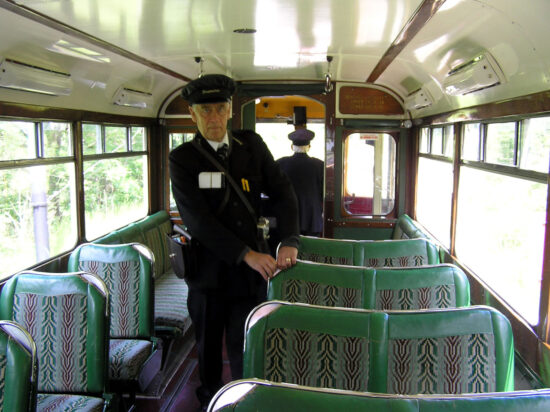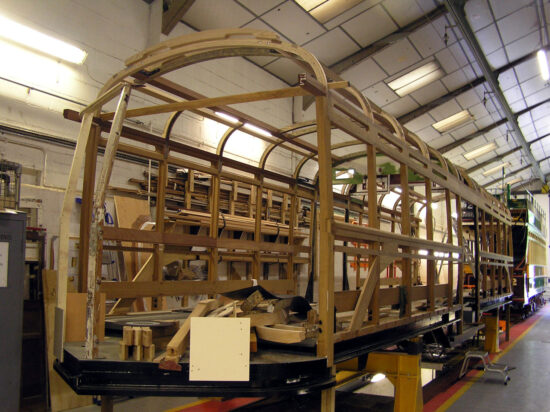We have another look around the Crich Tramway Village with all photos in this latest article being taken on Monday 17th June. This was a two tram service day with Blackpool Standard 40 and Sheffield 510 the chosen pair and as well as those trams we also take a look inside the Workshop and also at the latest with construction of the new tea rooms. Keith Chadbourne is your photographer this time.

With work still required at Glory Mine to allow the full track layout to be used again, trolley fitted trams at Wakebridge have to change the wire the trolley is on before continuing up to Glory Mine. The crew of Sheffield 510 give us a demonstration.






The tearoom is looking bigger.
Out of curiosity, is there a type of building people would like to see in the Village?
Church, Fish Bar, Village Hall?
There should always have been a row of houses/shops to add to the scene.
Such things were imagined in the original street scene plan, but you need lots of money and lots of suitable people to make it happen. Not investing enough in maintaining / renewing the critical infrastructure has had severe consequences in the last two years. It has always been the case that there is excitement in rolling stock but nobody wants to devote resources to all the other things that cost money.
The reality is that most if not all the heritage operations have to concentrate their resources on money earning projects.